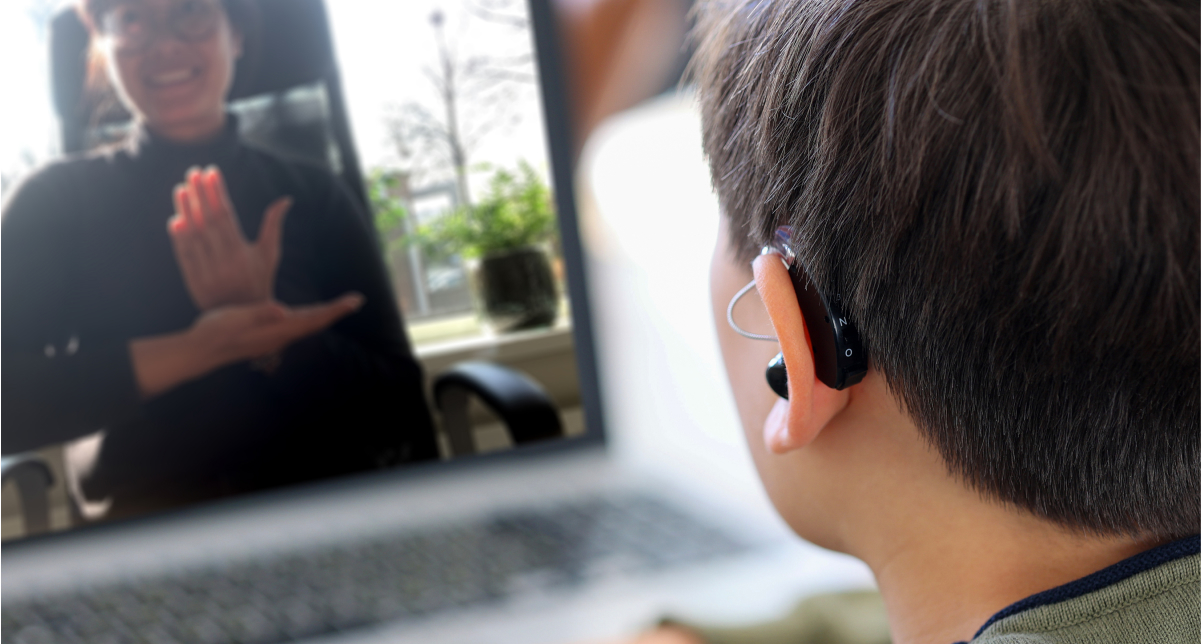This content is coauthored by Yan Desjardins, Product Manager, Crownpeak Accessibility and Digital Quality, Crownpeak and Andrew Douglas, Group Creative Director, Appnovation.
One of the biggest challenges companies face when tackling digital accessibility is the uphill battle in identifying, addressing and remediating potentially hundreds of thousands of issues across their online properties.
One part of the journey is allowing for sound technical structure that facilitates all types of devices and assistive technologies to interact with a website. But under the wider remit of an organization’s DEI initiative, there is also a very human aspect to ensuring content makes sense to all viewers, and that all viewers of content see themselves represented.
Here are five best practices for delivering accessibility at scale, including ways you can use technology to help automate compliance and support your wider inclusivity and diversity programs.
1. Establish ownership
Creating an accessible and inclusive website starts with identifying who plays a role in its function. Site designers, developers, content creation teams, quality assurance teams, and anyone who impacts the content on your website should adopt an accessibility and inclusivity mindset when mapping out the user experience.
According to Lucy Neilson, Senior Customer Success Manager at Crownpeak, assigning a definite owner by name to specific tasks allows you to hold them accountable. Establishing owners also removes any guesswork that might arise when a specific feature or function isn’t delivering on accessibility or inclusivity goals.
2. Identify repetitive issues and "quick" wins
Many developers and designers create templates and stylesheets to ensure consistency across multiple markets and brands. These are a great way to propagate brand and standards consistency and lock in best practices, but if they contain errors, they can also cause issues to be amplified across hundreds or thousands of pages.
One easy step to address these issues is to seek out the issues that repeat throughout your content. Work with a designer to fix these issues on the template level, and then roll out those changes to all your pages that use that template. Template issues are what we consider the lowest hanging fruit from a quality management perspective. Addressing them can resolve hundreds or even thousands of problems across multiple pages in a short time span.
3. Establish accessible and inclusive design best practices
When building a digital product, the design is an important element of overall accessibility. Practitioners should be designing with inclusivity top of mind. A more inclusive end product is what ensures the user can effectively navigate and interact with the information in front of them. An accessibility designer can create best practices around accessible design such as clear color contrasts, readable font sizes, large button sizes, alternative text/captions and simple, intuitive layouts. In fact, these best practices benefit all users, not just those with accessibility needs.
Inclusive product experiences are driven by partnering with our strategy team to research user backgrounds and abilities. This practice allows Appnovation to prioritize inclusive design while positively impacting the user experience by fostering a sense of belonging.
Design through this process addresses accessibility, age, culture, economic situation, education, gender, geographic location, language, and race. The focus is on fulfilling as many user needs as possible, not just as many users as possible. At its core, inclusive design is about empathizing with users and adapting interfaces to address the various needs of those users.
4. Harness automated tools in your pre-production process
The ideal point to consider accessibility and inclusivity is during the “pre-production process,” as part of content planning and creation instead of being treated as an afterthought.
To achieve accessibility, content creators and developers must address the extensive set of criteria established in the W3C’s Web Content Accessibility Guidelines (WCAG). Having a “cheat sheet” to establish best practices for template and content creation, as well as for the person loading the content into the blog or website, can be invaluable to the process, but still creates a significant knowledge burden for all the stakeholders involved. A more efficient approach is to use an automated solution, such as Crownpeak Accessibility & Quality (DQM), to verify compliance for you.
5. Prioritize the remediation process
Organizations embarking on a website relaunch or replatform have a golden opportunity to bake accessibility best practices in from the start. In most cases, however, website owners are faced with remediating existing websites - and in large, enterprise environments, this can feel like an inpossible task. When dealing with accessibility at enterprise scale, prioritization and coordination across teams is essential. Automated tools can dramatically speed the remediation process by cataloging accessibility issues and enabling individual teams to fix the problems on sites they own.
This can be further enhanced by identifying and prioritizing the most urgent issues to address, and the quickest wins. For example, you could be losing website visitors because of an accessibility issue, so plugging this leak might be a top priority.
6. Communicate and mandate
Once companies have gone through a website accessibility and inclusivity exercise, they should work on creating a process to uphold these objectives over the long term and stick to it. This process must be implemented across the board, gain senior executive buy-in, and ensure that all future website launches and new content aligns with the program.
Some companies write their process into agency contracts and SLAs so that all potential players and stakeholders know the expectations. It’s also best practice to develop KPIs and standards that must be met for sites about to go live. Putting these systems in place ensures that the process is followed in the future.
The best way to follow and scale these best practices for enterprise environments is to use purpose-built tools like Crownpeak Accessibility & Quality and consult accessibility design experts. Discover more about how Appnovation and Crownpeak enable scalable, accessible, and inclusive experiences for all.


